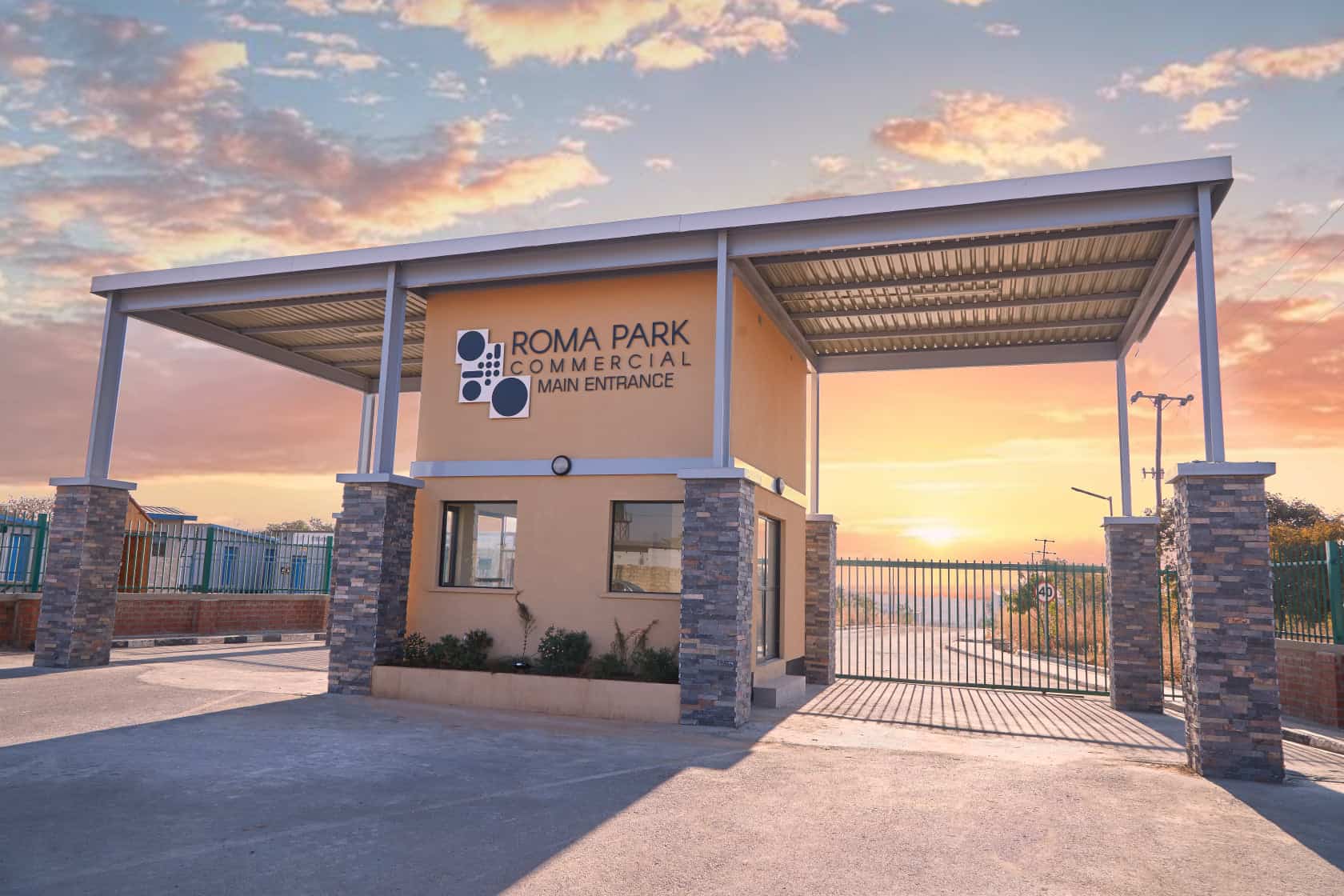
Everyone loves a reset – a breath of fresh air. Many would agree that they would rather just get a new piece of plain paper than have to straighten a wrinkled one. With that in mind, envision this – creating a new city with its own laws from scratch but unlike Hippodamus of Miletus, you have a greater insight into what made previous cities struggle economically.
This idea was pioneered by Paul Romer in his now famous 2009 TedTalk [1]. According to Romer’s initial concept, a charter city is a city granted special jurisdiction to create a new governance system and enact policy reforms administered by a foreign guarantor with better rules and institutions. Romer’s renowned study on economic growth emphasized the role of ideas in technological advancement. He went as far as including ideas as the fourth economic growth driver.[2] In spite of this, innovative ideas’ economic impact is highly dependent on a supportive institutional environment that enables effective utilization of inventions. [3] Romer’s growth theory emphasizes the importance of rules and laws-created through institutions and norms- in formulating the best economic incentives for economic players to generate ideas and hence contribute to economic growth. [2]
Romer argues that, instead of going down the costly, time-consuming and arduous route of revising and amending the prevailing frameworks, policy makers must create new incentives, laws and regulations based on the lessons learnt from the pre-existing systems. Amending prevailing frameworks is a daunting task as many vested political interests may be at play- frustrating any progressive efforts. Of course, creating new rules is arguably, easier said than done. Could the charter city concept therefore just be a utopian idea with no practicality?
A Different Form of the Same Idea

The charter city model uses an established global approach. When a country with a less credible currency decides to trade using the globally accepted United States dollar, aren’t they importing foreign credibility? To improve election credibility, aren’t foreign election monitors and observers imported? Both ideas were once shunned but later accepted into mainstream thinking. This is analogous with the idea of charter cities.
A viable example is how governments use the International Monetary Fund (IMF) to restructure their debt and address their economic inefficiencies.
Among its main purposes, IMF programs help to unlock other financing, acting as a catalyst for other lenders. This is because the programs serve as a signal that the country has adopted sound policies- reinforcing policy credibility and increasing investor confidence. [4]
In 2015, the Government of Ghana received a funding arrangement under the Extended Credit Facility (ECF). In most respects, Ghana’s economic fundamentals improved throughout the duration of the IMF program from 2015 to 2019. [4]
IMF oversight is a form of credibility that governments use to improve their economic trajectory.
Zambia and Ghana shared a very similar level of investor confidence, fiscal status and debt accumulation rate prior to the latter’s ECF grant. However, Ghana’s economic trajectory changed with not only relatively higher investor confidence but also lower inflation, better public finance management and an improvement in fiscal balance. [4]
In contrast, Zambia continued on a path of inflationary pressure, fiscal imbalance and plummeting investor confidence. [4]
Trouble in Paradise
Imperialism? Modern-day colonialism? A coup in Antananarivo?
In its pure state, the charter city model serves as a politically incorrect governance model. Critics [5] have labelled it as a return to imperialism as it requires the host city to transfer substantial authority to the charter city developer. Romer’s original idea for the model required a foreign country guarantor as it mirrored the success story of Hong Kong. [6]
An agreement very similar to one that a charter city requires was on the verge of being finalized between the government of Madagascar and Daewoo Logistics of South Korea for a ninety-nine- year lease of more than three million acres of land [7]. This deal was the beginning of the end for the incumbent President as political stability plummeted, resulting in a coup. Although Romer did not play any part in this deal, it served as an excellent demonstration of his charter city model’s inherent challenge.
According to Bernard, [5] the Romer’s charter city model faces many political obstacles as it requires political will from the elites in the host nation, political stability and already existing laws that support the model. This is particularly more difficult in developing countries where income inequality is high and law amendments are tedious.
A variation of Romer’s model is gaining global traction. The Charter Cities Institute (CCI) defines a charter city as a special jurisdiction with a high degree of legal, administrative, and regulatory autonomy governed through a public-private partnership between a private city developer and the host government. Not only is this more politically acceptable but also more holistic as many economic players can participate in the development of the cities- something that Romer’s model lacked.
Practically, this charter city model is analogous with Special Economic Zones but on a larger scale and greater autonomy. Coined “the next generation of Special Economic Zones”, the CCI model is present in many city development projects such as Nkwashi being developed by Thebe Investment Management Limited in Zambia and Songdo International Business District developed by Gale International in Korea.
At the end of 2023, the Republic of Malawi passed the Special Economic Zone bill to pave the way for the development of 4 special economic zones with two- Matindi and Area 55- being developed using a Public-Private Partnership approach. [8]
A Charter City Variation: Special Economic Zones

Despite the charter city model not having immense success yet, one of its variations is regarded as the reason for the “Shenzhen miracle”. [6]
Unlike the initial charter city model that faces major challenges politically, related models have had more adoption success worldwide. None more so than the Special Economic Zone (SEZ).
A Special Economic Zone (SEZ) is a region that has been set apart inside a nation and is subject to special economic and trade laws and regulations that are different from those that apply to the rest of the nation. The key differences between a SEZ and a charter city are limited governance reform and smaller geographical area in relation to a charter city. [9]
According to The World Bank [10], “States promoting zones have sought to stimulate economic development both within and outside the zone. Within the zone, states aim to attract investment that will lead to new firms and jobs, and to facilitate skills and technology transfers. Outside the zone, states aim to generate synergies, networks, and knowledge spillovers to foster additional economic activity.”
A SEZ often operates under more lenient economic restrictions than those that are generally in effect throughout the nation. SEZs have the potential to attract foreign direct investment (FDI),establish new businesses in underdeveloped areas, and increase exports. Additionally, SEZ-based enterprises exhibit superior performance than non-SEZ-based businesses. [11]
Theoretically, SEZs seem to be a great avenue for economic growth in developing economies with relatively higher growth potential but the actualities seem to paint a different picture. The capital city of Zambia, Lusaka has two major SEZs- the Lusaka South Multi Facility Zone (LS-MFEZ) and the Lusaka East Multi Facility Zone (LE-MFEZ).
Phiri and Manchishi [12] stress the inadequacy of business service provisions, onerous regulation and procedures, hiccups in institutional operations and poor design that does not fully take advantage of anchor industries in the zones as the main deterrents to the optimal functionality of SEZs in Zambia. Mwansa, Shaikh and Mubanga [13] echo the views of Phiri and Manchishi [12] with an emphasis on improving basic zone facilities, amenities and infrastructure such as power and water supply to fully realize the potential of the SEZs.
East Asia’s successful experience with the SEZ model is as a result of robust planning, meticulous implementation and vigilant management of the zones [14]. Developing countries can replicate similar results if they can adopt the fundamentals of success stories while maintaining flexibility to cater to their unique economic environment.
Conclusion
Despite more attempts at SEZ trials, we have seen that adoption is not enough. Implementation is of great importance too. The SEZ model has the potential to spur economic growth in a developing nation like Zambia. The government of Zambia has shown commitment to improving the model and catering to the current economic demands with some adjustments to the fiscal incentives and employment laws for the Multi-Facility Zones in the 2024 National Budget. [15]
In comparison, the Charter City model theoretically has a larger impact on the economy but requires a high level of political will and stability in the host nation. Because of the political intricacies that the initial charter city concept demands, adoption has been low.
The CCI model serves as a holistic and politically viable solution to rapid urbanization challenges and an avenue to economic development, especially in developing countries.

References
[1] TED, “Paul Romer: Why the world needs charter cities,” YouTube, 5 August 2009. [Online]. Available: https://www.youtube.com/watch?v=mSHBma0Ithk&t=908s.
[2] C. I. Jones, “Paul Romer: Ideas, Nonrivalry and Endogenous Growth,” The Scandanavian Journal of Economics, no. DOI: 10.1111/sjoe.12370, 2019.
[3] J. Mokyr, “The Market for Ideas and the origins of economic growth,” TSEG-The Low Countries Journal of Social and Economic History, vol. 4(1), pp. 3-38, 2007.
[4] Haatongo-Masenke, Mungomba and Cheelo, “A Tale of Two Countries: Lessons from Zambia and Ghana in Engaging the IMF,” Zambia Institute for Policy Analysis and Research, Lusaka, 2020.
[5] J. S. David Rhys Bernard, “Intervention Report: Charter Cities,” Effective Altruism Forum, 2021.
[6] J. Du, The Shenzhen Experiment: The Story of China’s Instant City, United Kingdom: Harvard University Press, 2020.
[7] G. M. Sodikoff, Forest and Labour in Madagascar: From Colonial Concession to Global Biosphere., Ukraine: Indiana University Press, 2012.
[8] The Governement of the Republic of Malawi, Special Economic Zone Bill, Lilongwe, 2023.
[9] M. Lutter, “marklutter,” 01 14 2020. [Online]. Available: https://www.marklutter.com/post/a-
beginners-guide-to-building-new-cities. [Accessed 20 August 2023].
[10] The World Bank Group, Special Economic Zones: An Operational Review og Their Impacts, Washington DC: The World Bank, 2017.
[11] The World Bank, Building Engines for Growth and Competitiveness in China, Washington D.C: The World Bank, 2010.
[12] M. Phiri and S. Manchishi, “Special Economic Zones in Southern Africa: White elephants or latent drivers of economic growth and employment?,” The United Nations University World Institute for Development Economics Research(UNU-WIDER, Helsinkhi, 2020.
[13] S. Mwansa, J. Shaikh and P. Mubanga, “Special Economic Zone: An Evaluation of Lusaka South Multi-Facility Economic Zone,” Journal of Political and Social Sciences, vol. III, pp. 523-539, 2020.
[14] M. Alexianu, M. Saab, M. Teachout and A. Khandelwal, “Doing Special Economic Zones Right: A Policy Framework,” International Growth Centre, London, 2019.
[15] Government of the Republic of Zambia, The 2024 National Budget., Lusaka: GRZ, 2023.









